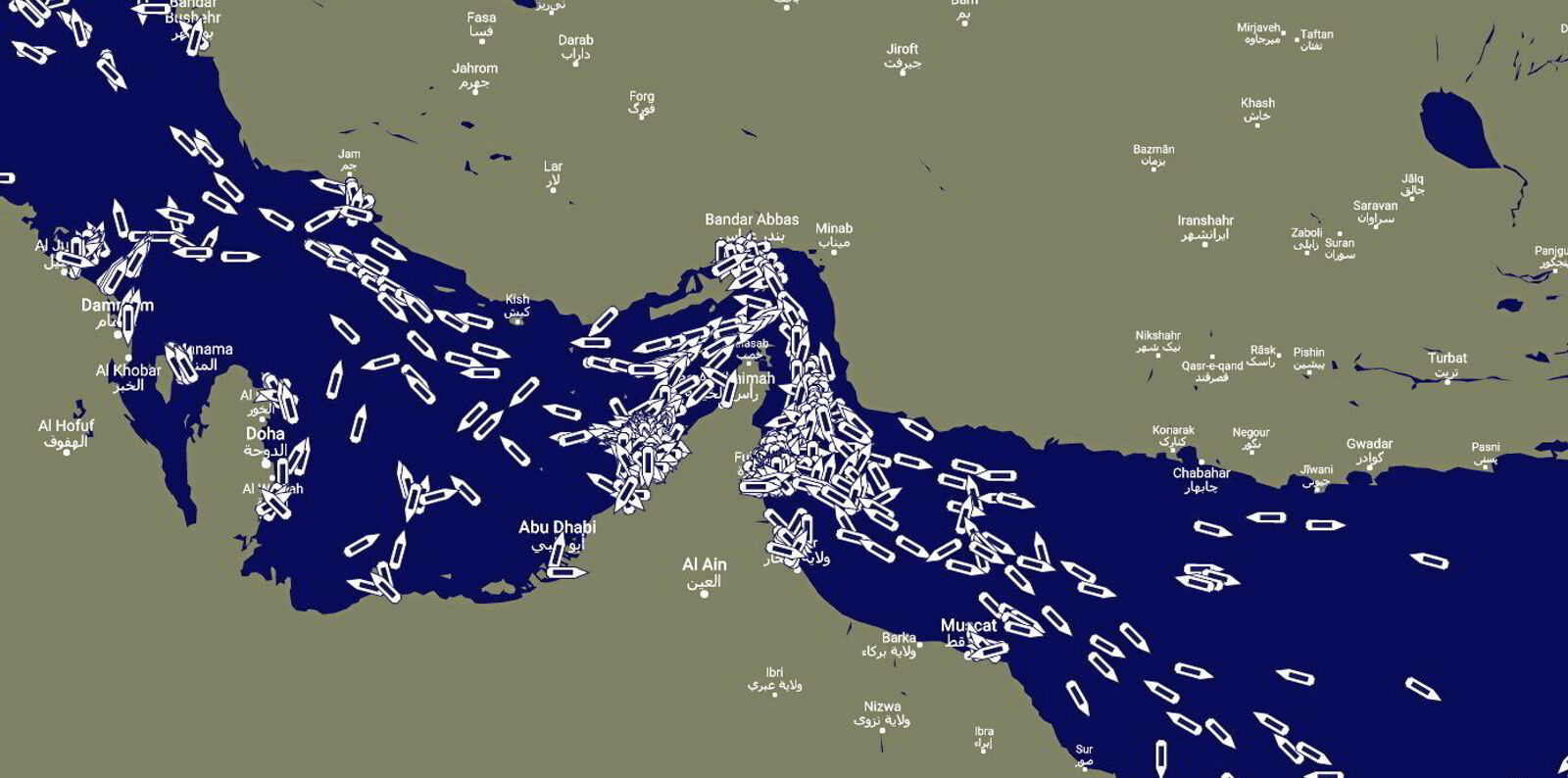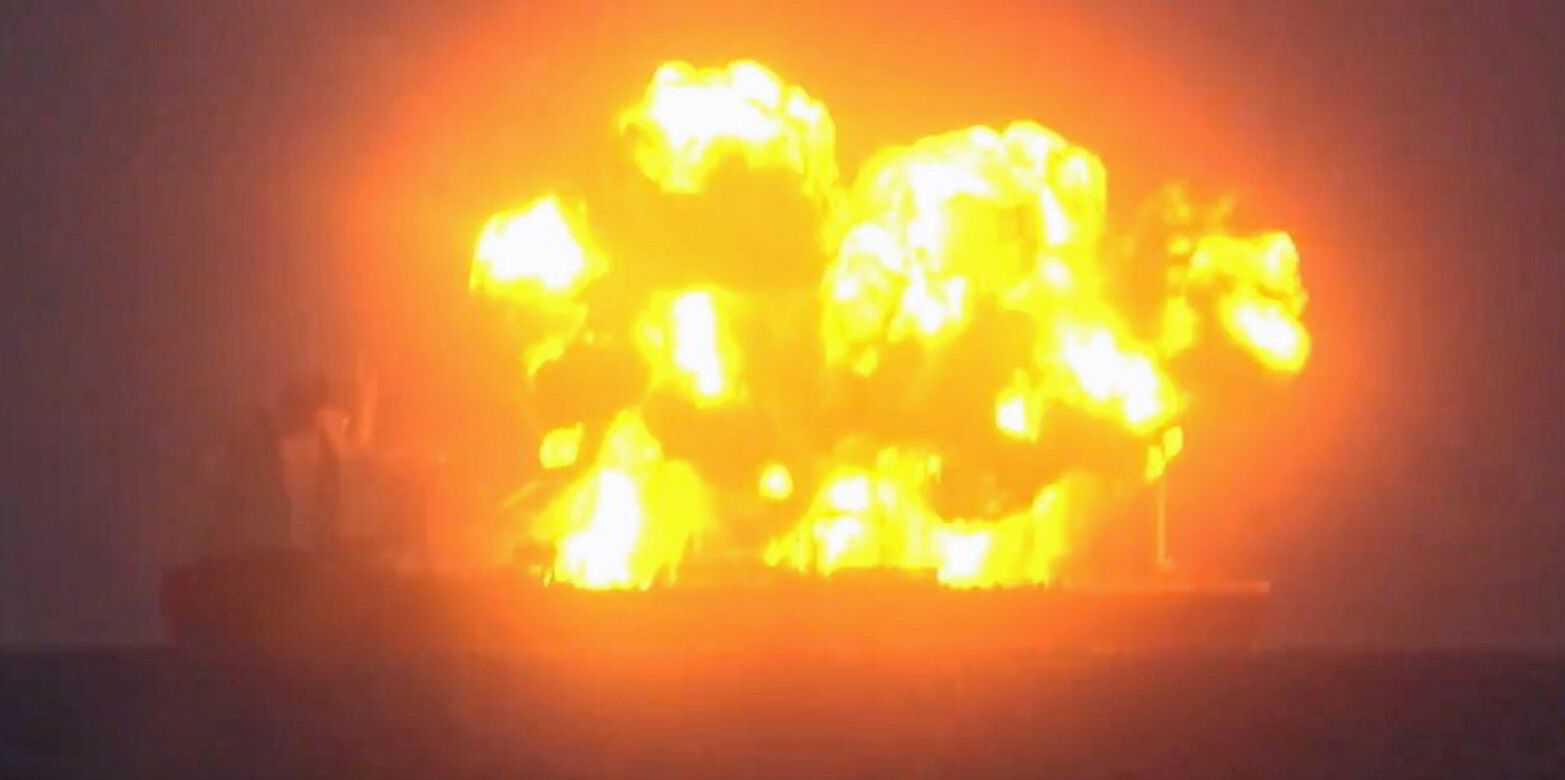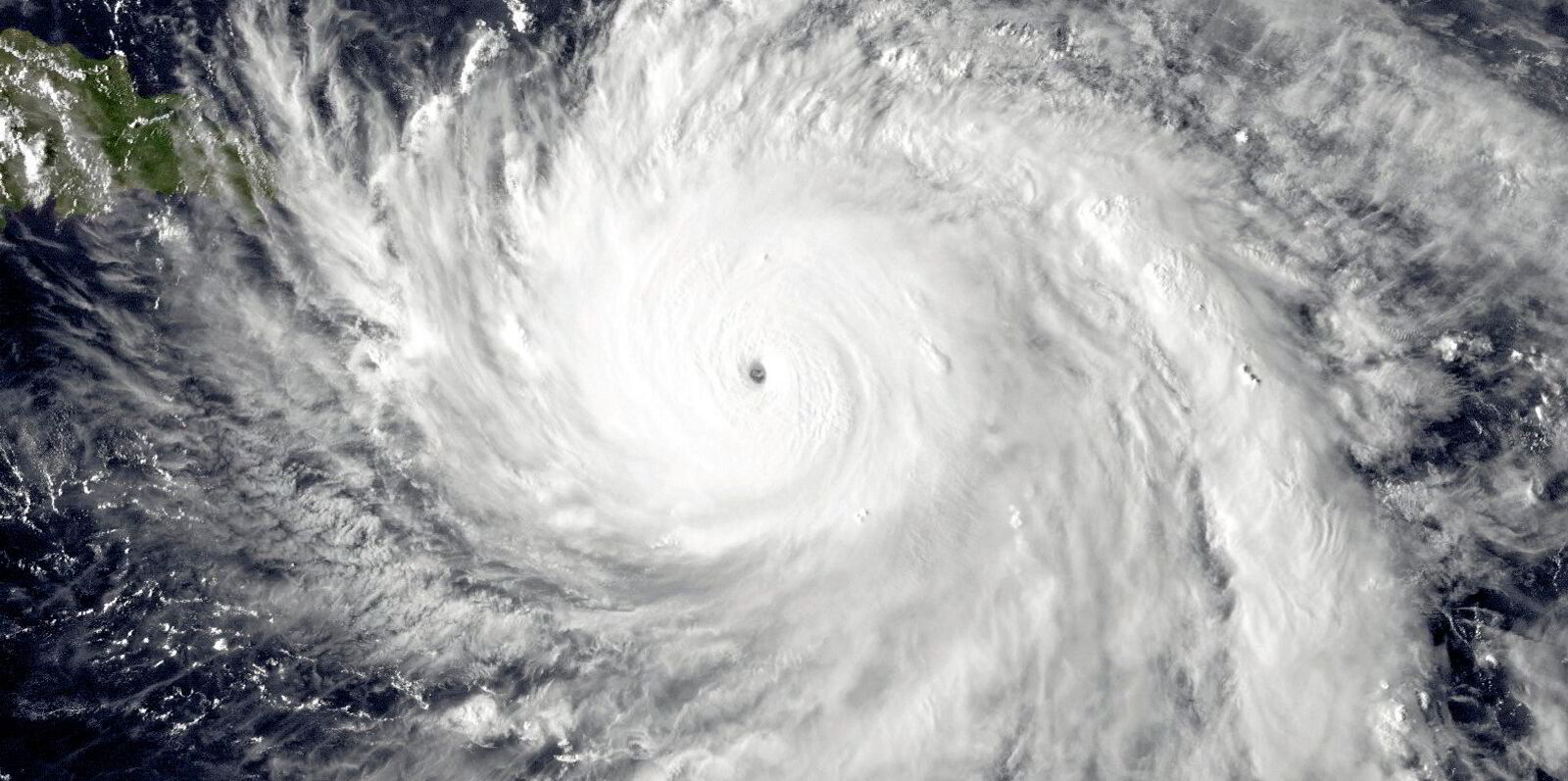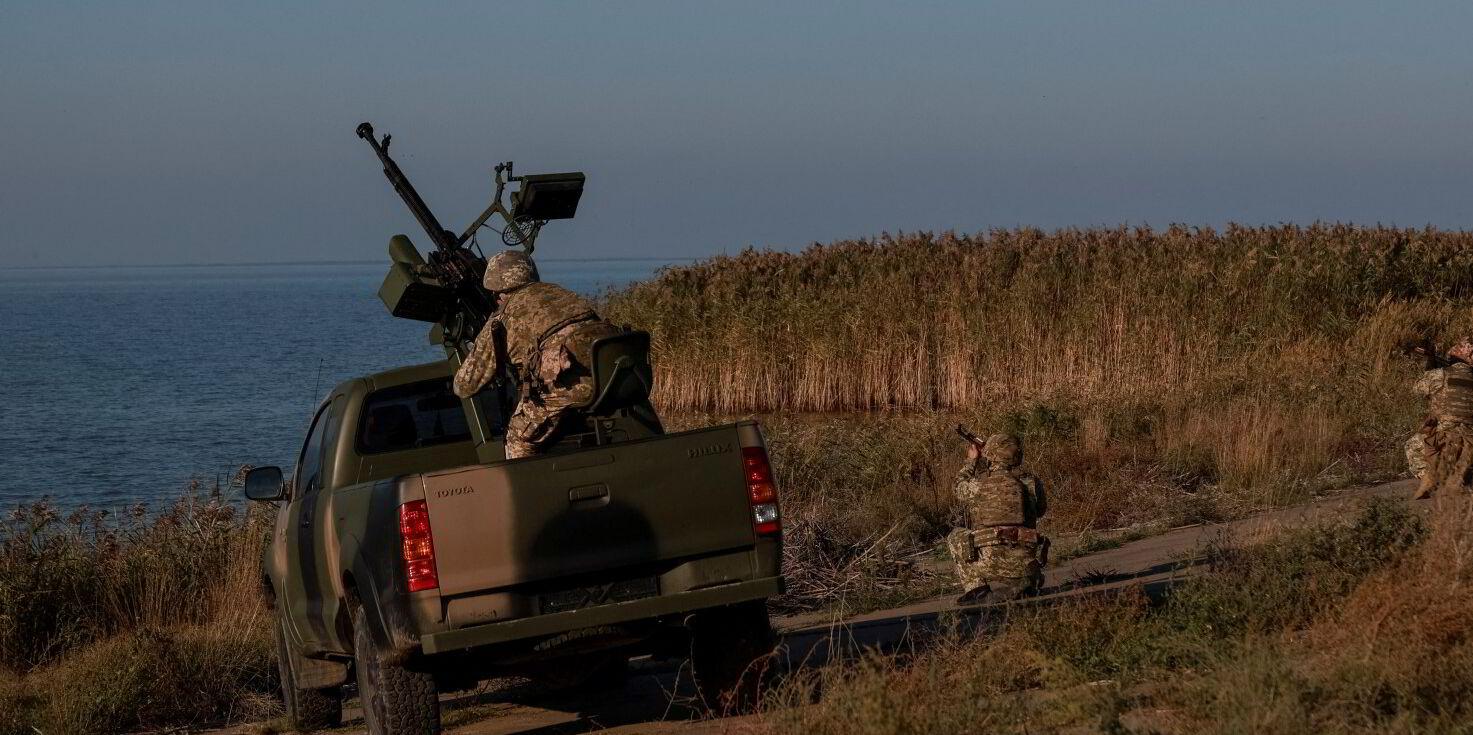The global economy could suffer losses of up to $50trn over five years if an extreme geopolitical conflict hits shipping lanes and snarls international trade, according to a modelling exercise for Lloyd’s of London.
A superpower invasion of a neighbouring country threatening to block key shipping routes would spark a broader global confrontation with cyber attacks, blockades and tit-for-tat sanctions, under the worst-case scenario drawn up by Lloyd’s and the Cambridge Centre for Risk Studies.
The study is based on an analysis of real-life disputes ranging from the Chinese capture of Tibet in 1950 to Russia’s invasion of Ukraine in 2022. It seeks to put a price tag on the impact of global trade disruption under different scenarios (see box).
The costs from major to extreme geopolitical disputes range from $7.8trn to $50trn in the most extreme cases, equivalent to a loss of global GDP of between 1.2% and 7.6%, according to the study.
The expected cost was $14.5trn, based on the average of three scenarios and the probability of events happening, the study found.
Tensions rise between a superpower and a neighbour, which controls access to key shipping routes and has recently undergone a regime change.
In response, the superpower launches a campaign of attacks, employing tactics such as internet blackouts, cyber attacks on critical infrastructure, airstrikes and blockades. Disruption to global trade begins.
The campaign is met by opposition from a rival superpower, igniting a tit-for-tat sanctions battle as nations align themselves on opposing sides. Shipping avoids the area.
The leader of the country at the centre of the dispute threatens to close shipping lanes, leading to a build-up of military forces.
The superpower attempts to use legal means to prevent other states from accessing the shipping lane without its permission. Diplomatic efforts fail and the shipping lane is closed.
In retaliation, military actions block alternative routes, severely disrupting global supply chains and driving prices up, further straining economies.
Diplomatic efforts fail and violence breaks out in the country at the centre of the dispute. Governments shift to a war footing, and the growing crisis, coupled with economic fallout, triggers civil unrest worldwide.
The scenarios range from a limited regional conflict lasting 12 months to a broader confrontation involving major and minor powers, extending beyond the initial region and dragging on for over three years.
All the scenarios rely on fighting being largely contained and not involving attacks on major powers.
But the study highlights how one country with significant control over access to shipping lanes can play an outsized role in global turmoil.
Although the scenario is hypothetical, elements of the scenarios are seen in the Houthi attacks against shipping in the Red Sea and the rerouting of tankers hauling Russian oil because of the European Union boycott and Western sanctions regimes.
The ability to control key chokepoints can be a “key weapon in the arsenal of governments willing to exert pressure on opponents or other nations”, the study says.
It said several trillions of dollars in trade are at risk from disruption at shipping chokepoints including the Suez Canal, and the straits around Turkey, Malacca, Hormuz and Bab el-Mandeb — all areas of high geopolitical tensions.

It highlighted another study that suggests cutting access to the Strait of Malacca could throttle up to 80% of China’s imports and energy.
“If there were to be significant disruption to just a handful of shipping’s main chokepoints, several trillion dollars of trade value and business interruption costs would be at stake,” the study said.
“So far during the 21st century, conflicts have not risen to the point of catastrophic global trade disruption. However, continued stability is not guaranteed.”
The models suggest that greater China would suffer some of the greatest losses in the event of global conflict owing to its dependence on energy imports.
Europe was also at significant risk because it relied on other industrially advanced states for supplies of materials such as semiconductors for its car and electronics manufacturing.
The rise of just-in-time supply chains and the reliance on trade for critical materials has meant that geopolitical conflict would have an immediate and significant impact on economies.
“Conflict can easily see major routes blocked, and even alternative routes can be shut down in the event of an escalation of hostilities,” the study said.
Read more
- Chokepoints, fuels and fires: The challenges facing marine insurers
- Global conflict has silver linings for shipping, whether we like it or not
- Shipping is a risk management business. Fuel choice is no different
- Global stock shock: Five factors for shipping investors to digest
- Andi Case: Shipping in ‘a very different place than 2008’





